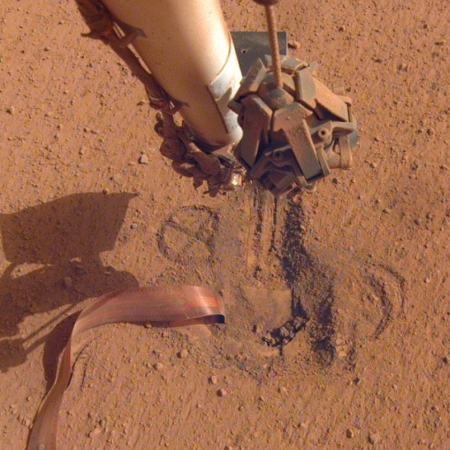Russian oxygen regenerator malfunctions again
The Russian oxygen regenerator in the Zvezda module of ISS has malfunctioned again, the second time in a week.
“After the Elektron-VM system was deactivated, the crew, guided by the main operational group, dismantled it in order to detect faults. Oxygen will be generated by a backup system located in the US section until repairs are completed,” the spokesperson said.
This unit was launched with Zvezda in 2000. After ten years of operation it needed repair In 2010, and then operated for another ten years until last week’s failure. Though this second failure after last week’s repair could be fixable, the age of the unit raises reasonable questions about its future.
That it has worked for twenty years, and could still be fixed, speaks well for this Russian design however. Its longevity reminds me of home appliances from the mid-20th century, which routinely were expected to last many decades, and did.
If the time has come to replace it, however, I have doubts about any new “upgraded” unit. Technology development in both Russia and the U.S. has fallen in love with complexity, which often results in less reliability, shorter lifespans, and often units that fail to do what they were designed for. I fear the same would happen with any new unit.
The Russian oxygen regenerator in the Zvezda module of ISS has malfunctioned again, the second time in a week.
“After the Elektron-VM system was deactivated, the crew, guided by the main operational group, dismantled it in order to detect faults. Oxygen will be generated by a backup system located in the US section until repairs are completed,” the spokesperson said.
This unit was launched with Zvezda in 2000. After ten years of operation it needed repair In 2010, and then operated for another ten years until last week’s failure. Though this second failure after last week’s repair could be fixable, the age of the unit raises reasonable questions about its future.
That it has worked for twenty years, and could still be fixed, speaks well for this Russian design however. Its longevity reminds me of home appliances from the mid-20th century, which routinely were expected to last many decades, and did.
If the time has come to replace it, however, I have doubts about any new “upgraded” unit. Technology development in both Russia and the U.S. has fallen in love with complexity, which often results in less reliability, shorter lifespans, and often units that fail to do what they were designed for. I fear the same would happen with any new unit.










